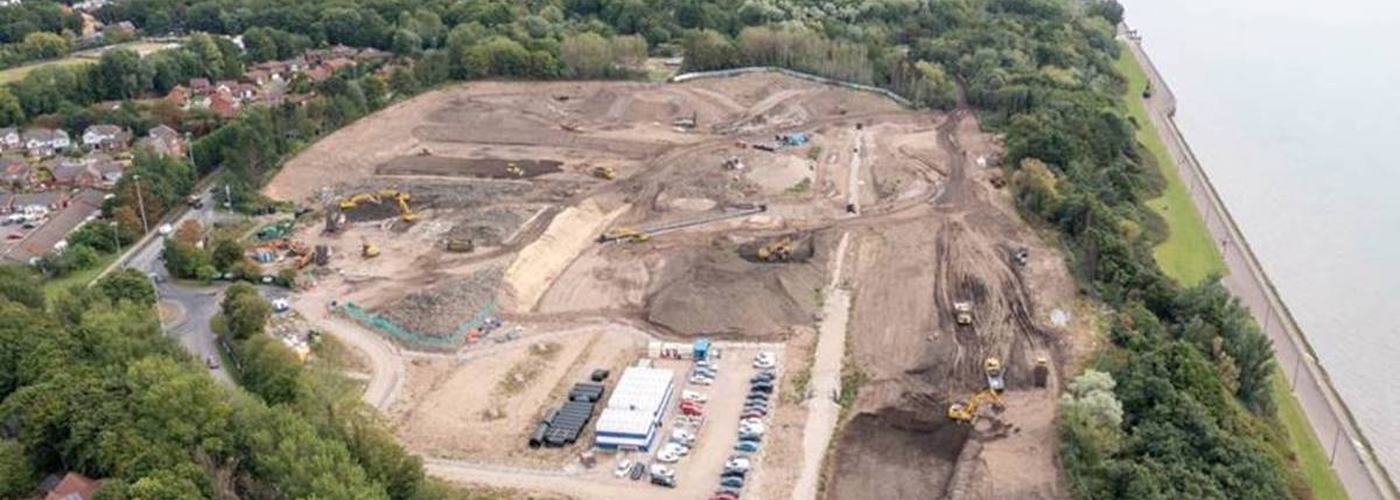New search for a development partner as council says agreement 'expired'
It's been a long road, with plenty of potholes along the way. When the gates were finally closed in 1984 at the hugely successful International Garden Festival at Otterspool, the question arose about what would happen to the site. A vast wilderness along the banks of the Mersey, which for decades had been the city’s main landfill dump for household waste, had been transformed into a magical parkland. It was one of Michael Heseltine’s responses to the Toxteth riots of 1981, a way of showing to the world Liverpool was back in business, opened by Queen Elizabeth II in the summer of 1984.
Given the site lay dormant for a quarter of a century our focus is on getting this right.
More than three million people visited the festival gardens during the six months it was open. In the mid-1980s when the question of its future use was on the agenda, there was a problem to solve - the methane gas beneath the one-time tip, gas generated by the natural processes of decomposing household waste. A series of pipes were laid to channel the gas to a power station where it was used to fuel generators.
The Merseyside Development Corporation, custodians of the festival site, worked with a private company to create Pleasure Island, a garden-themed tourism destination, using the large dome as an indoor arena. It did not last long and Pleasure Island closed in 1997.
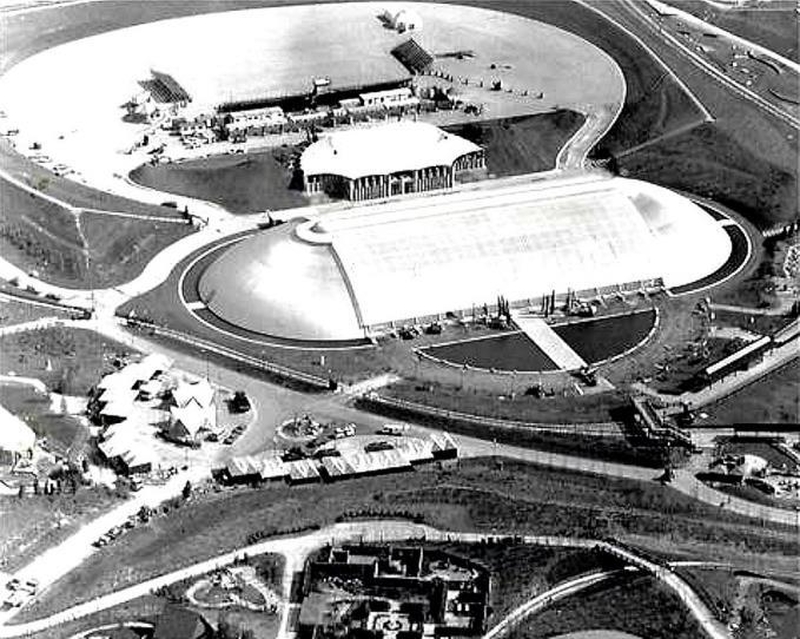
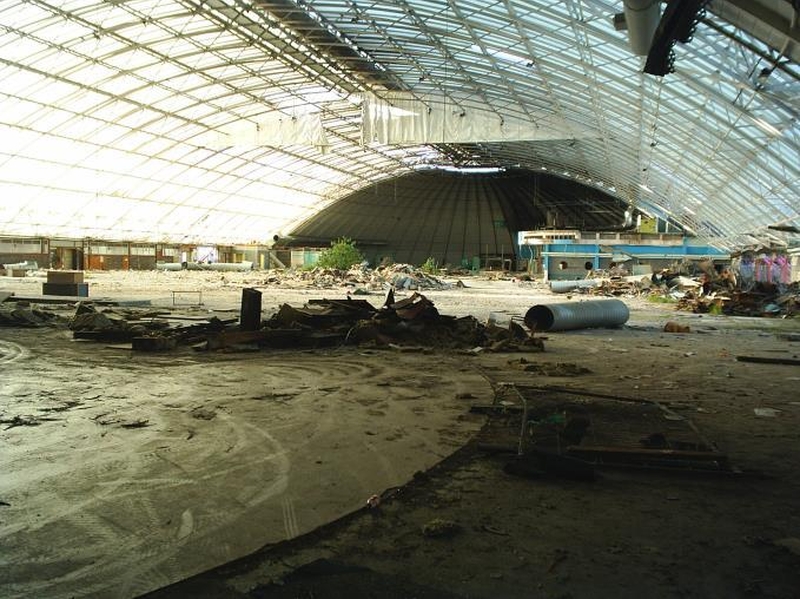
Riverfront homes
Development company Langtree came along, with a deal to build riverfront homes along the prom, the restoration of the rest of the festival gardens part of the deal. True to its word, Langtree did restore the gardens which opened to the public in 2012. Liverpool City Council bought the Festival Gardens site from Langtree in 2015 for £6m - and it was the subject of a plan for thousands of homes as well as leisure and retail space.
IGF Developments, a joint venture between Midia and Ion Property Developments, was selected by Liverpool City Council in 2018 to bring forward the 1,500-home Festival Gardens project. In 2021, Ion took full control of IGF, buying out Midia by mutual agreement.
Liverpool City Council had previously entered into an exclusivity agreement with Ion, which had produced a draft residential masterplan for the site. However, the council has today announced (Thursday 15 September) that this agreement expired in March last year.
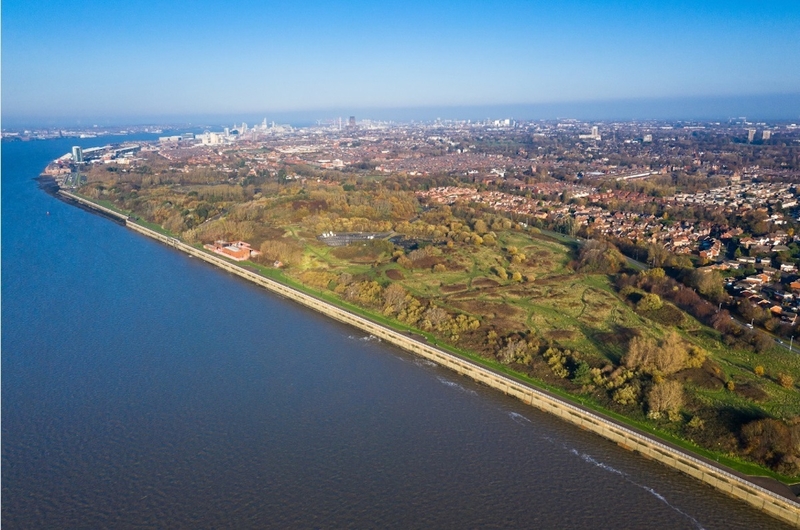
Procurement process
A report to the council’s cabinet next Friday, 23 September is recommending a procurement process be undertaken to appoint a development partner for the 22-acre prime waterfront plot. If approved the council anticipates it will launch the search in early 2023.
The recommendation to procure a development partner is the result of an almost year-long review of the site. As part of the procurement process, which would be funded by the council’s existing capital programme, Ion will also be invited to submit a bid to deliver a major housing scheme on the Development Zone of the site.
Following the new appointment of a developer, the housing scheme for potentially 1,500 homes is predicted to begin in 2025 subject to relevant planning approvals.
The principal contractor, VINCI Building, started excavating the derelict land in early 2021 to prepare the site for potential development.
It had been estimated that the £45m remediation of the Development Zone, which has lain dormant for 25 years, would see more than 380,000 cubic metres of soil and waste processed and treated to a depth of six metres, with 95% of material to be recycled.
The city council is now at a critical stage in establishing how this site will progress.
However, with almost 80% of the excavation now complete it has transpired that the remediation works need to go deeper resulting in more material to be processed.
A second cabinet report has outlined this alteration to the programme, the costs of which are yet to be determined.
On approval, officers will be given authority to negotiate with VINCI Building, with the final sum being publicised on completion of ground excavation in the Autumn.
This mammoth excavation, which the council says will eventually result in a net gain of 1,000 trees, also includes an additional £8.5m programme of ground infrastructure works to lay drainage and power supply. The package of works will be jointly funded by Liverpool City Council, Liverpool City Region Combined Authority and Homes England.
A key part of these infrastructure works is the installation of a substation, the preparation for which is to begin imminently.
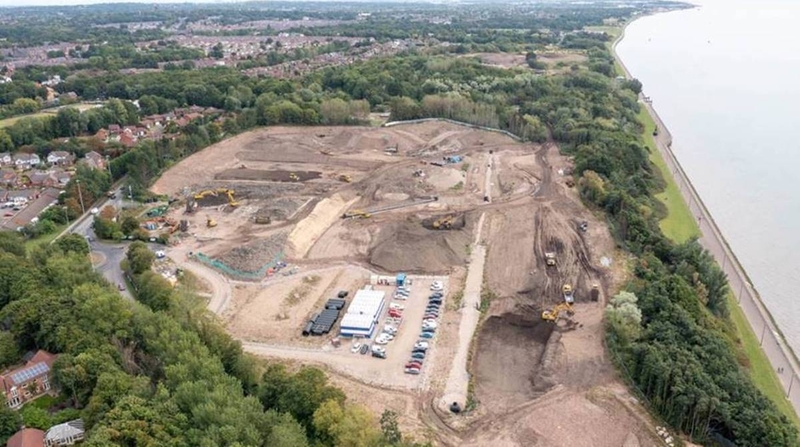
A mammoth undertaking
Cllr Sarah Doyle, Liverpool City Council’s Cabinet member for Development and Economy, said: “The site next to Festival Gardens is on prime waterfront land and presents one of the most exciting development opportunities in the UK.
“The city council is now at a critical stage in establishing how this site will progress and given its strategic importance to our housing programme it is only right and proper that a major review of our approach was undertaken to ensure it aligns with all the new policies we’ve adopted since our new Mayor was elected.
“Now that that review is complete a clear programme has been set out to shape its future direction. If approved, this procurement process will mean adding a year to the original timescales but given the site lay dormant for a quarter of a century our focus is on getting this right, as this scheme will be a home for a whole community for the rest of this century.
“The transformation of this site has been a mammoth undertaking and we have worked very closely with contractors to ensure the surrounding communities have been kept up-to-date every step of the way.
“It’s not a surprise given the sheer scale of the site that the excavation has surpassed what was originally estimated and costed. But whatever the additional costs will be, they will be dwarfed by the long-term economic impact for the city and the millions in revenue that will be generated by the council tax income which we can invest in our front line services.”
Read next: Waterfront gets £22m Budget boost - but we need to talk about Renshaw Street
Read again: Peel proposes urban park for Ten Streets waterfront
Get the latest news to your inbox
Get the latest food & drink news and exclusive offers by email by signing up to our mailing list. This is one of the ways that Confidentials remains free to our readers and by signing up you help support our high quality, impartial and knowledgable writers. Thank you!



